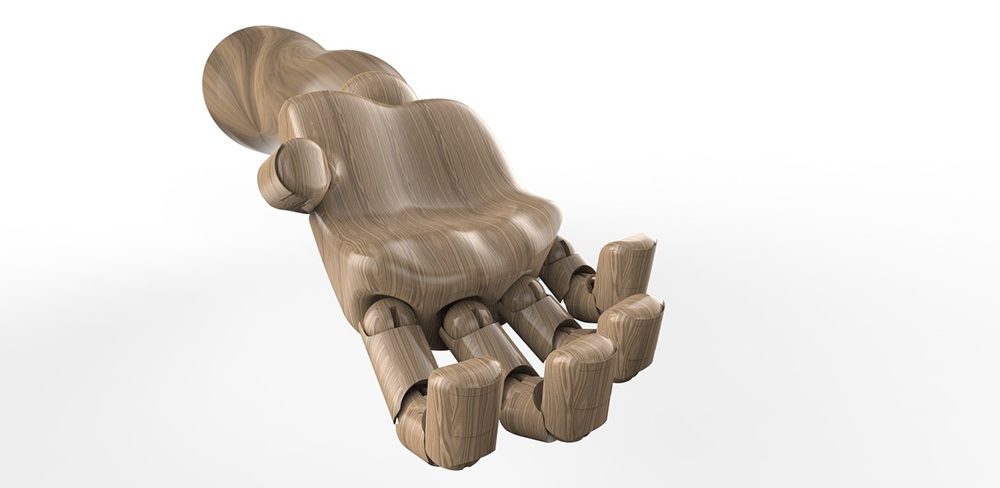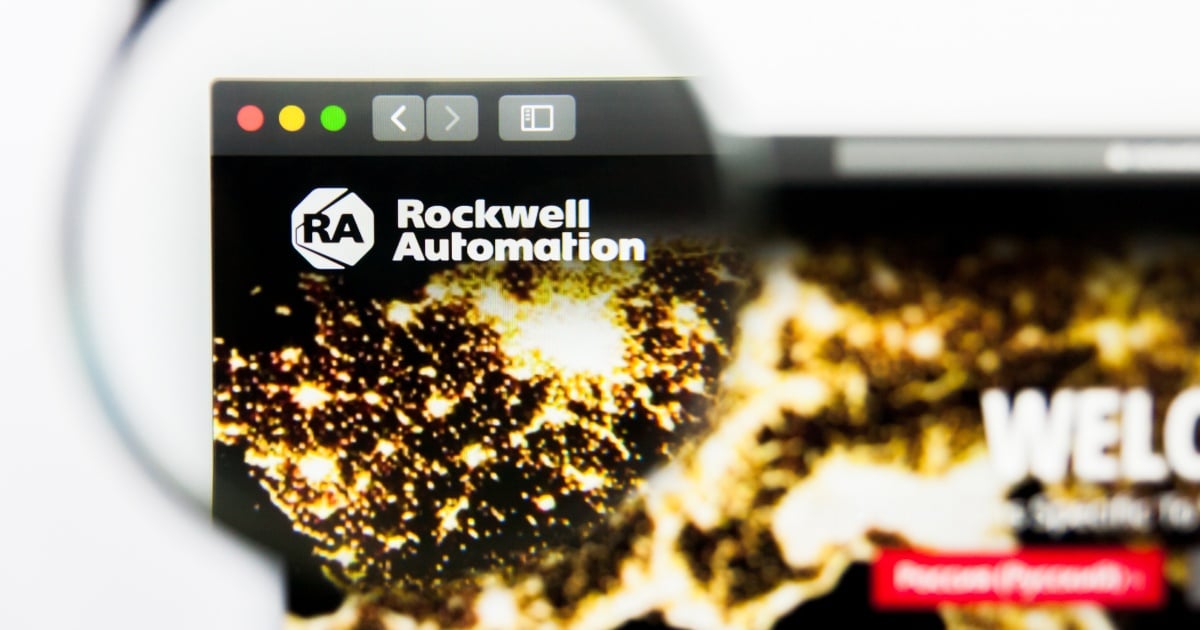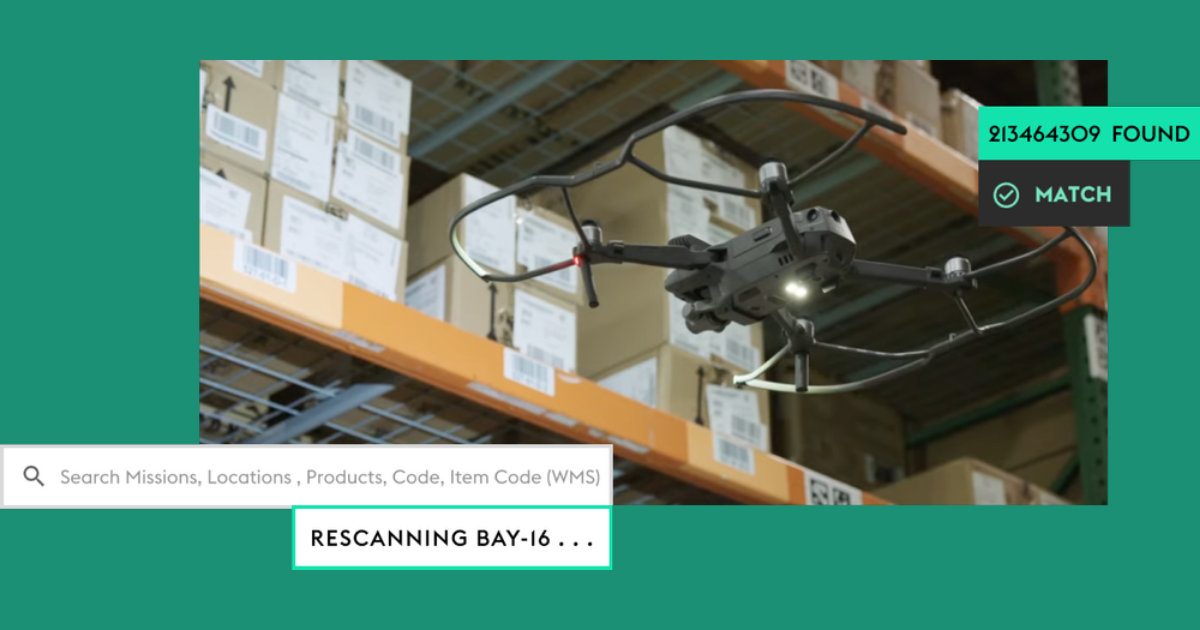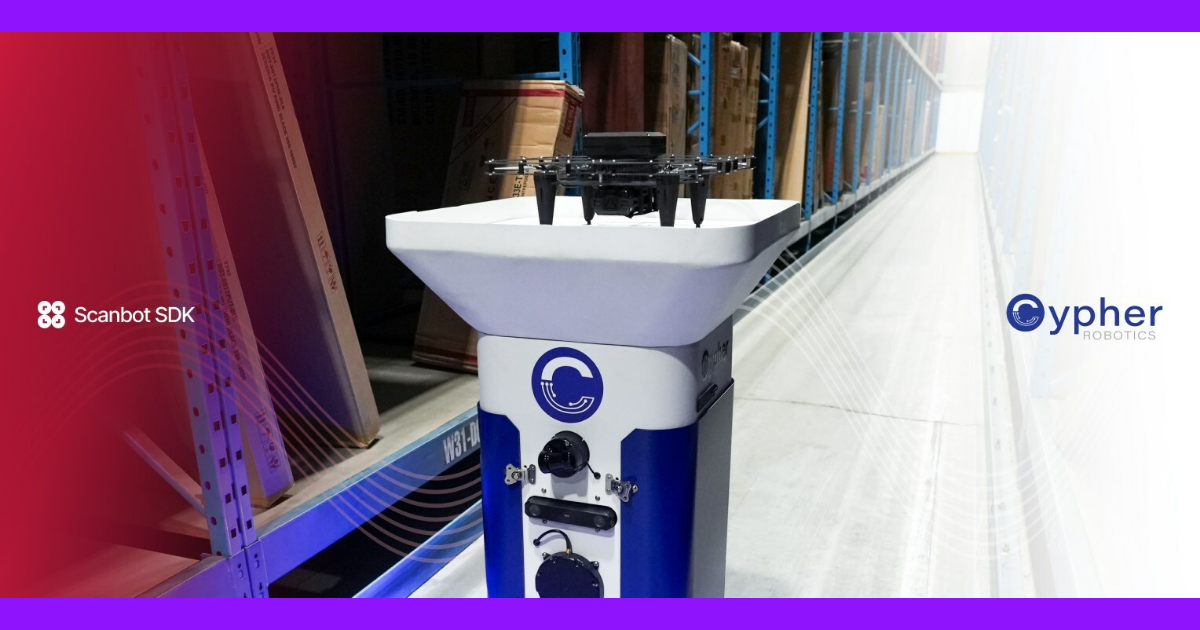
If you're involved in manufacturing, repair, landscaping, construction or any of several dozen other industries, you know the importance of finding and using the right tool for the job.
But beyond the makes and models, and beyond even the basic tool types, there's another consideration: ergonomic design. It's the "X factor" that can make or break your productivity. But ergonomic tool design also has significant implications for workplace safety and the health of your team members.
Why Are Industrial Ergonomics Important?
To start, consider the problem of leverage. Simple machines and advanced power tools greatly amplify the effective force a human worker can exert on a workpiece. Tools with an appropriate physical length and adequate torque, for example, provide the leverage your workers need to perform their jobs without straining themselves.
Think about stabilizing forces, too. There's a reason someone invented drywall lifts: Hoisting a section of ceiling aloft long enough to secure it in place is tricky, even for a whole team of contractors. In a case like this, the drywall lift provides an ergonomic stabilizing force so workers don't have to hold a stationary position to the point of exhaustion, and they don't overextend themselves while reaching.
How Ergonomic Tool Design Complements the Human Body
Workplace injury, especially the avoidable kind, has long been a primary focus of safety institutions and watchdog groups. If your employees are getting hurt regularly in your facilities or out on a worksite, you're playing with your profitability. But even more importantly, you're gambling with your team members' well-being.
With this in mind, the CDC offers several resources for anyone whose job includes making equipment purchasing decisions. One such publication concerns how to identify non-powered hand tools that have deliberate and ergonomically correct designs. All of these specific attributes just as easily apply to many types of powered tools as well.
- Tools that help avoid awkward postures: There are multiple points in the human body, including the back, hands, wrists, shoulders and neck, that do not respond well to awkward positioning, especially over the course of a lengthy job that requires the steadying of materials or a whole workpiece.
- Tools with limited contact points: Some tools don't seem to have been designed for real-world use. Look for tools with smooth surfaces, rather than points or edges that could dig into the palm, the crook of the elbow or other tender parts of the body.
- Tools that encourage a proper "power grip": Think about wielding a power drill or swinging a hammer where your fingers don't reach all the way around the handle. A proper power grip is one which provides maximum comfortable contact between the operator and their tool and efficiently translates human effort to mechanical force.
- Tools with appropriate, or adjustable, grip spans: You can use many industrial tools with one hand, such as pliers and cutting tools. But the human hand is wildly variable in size. Take time to find single-hand tools that accommodate a variety of worker physiques or offer adjustable grip spans for customizability.
- Tools that help you adapt to different work environments: Sometimes it's less about the tool itself and more about the environment in which you use it. You're probably familiar with drills, socket sets and even soldering irons that have interchangeable tips or components to extend the operator's reach. Some also offer angled adapters for working around tricky corners.
As you can see, thoughtful tool design goes a long way toward accounting for repetitive motion injuries, sprains, strained muscles and wasted or excess effort. Adjustable tools can even help you build a more inclusive workplace and account for employees of different ability levels.
How to Tell If You Need a Different Tool for the Job
Apart from performing your work more efficiently, seeking out the right tools for the job — each with an ergonomic design that keeps your industry in mind — is also a matter of morale and physical health. Your body is going to let you know if the designer of the machine or tool you're using had the human body in mind or not.
What warning signs should you look for? And what's the proper remedy? Here's a breakdown of some of the warning signs your tool wasn't designed with appropriate human ergonomic needs in mind.
- Tingling in the digits or other extremities: Tingling or numbness might be a sign the tool you're using doesn't dampen vibrations well. Tools like these can compromise blood circulation in the extremities.
- Swelling of the joints: If your work requires dexterity and accuracy — including performing detail work in a confined or awkward space — the right tool can help you avoid undue stress on the delicate joints of the body, including wrists and fingers. Before considering a new tool purchase, look for ways to adjust or rearrange the jobsite in a way that encourages a more ergonomically correct use of tools, including using a power grip rather than a pinch grip when working in tight spaces.
- A feeling of reduced strength: Weakness is a sign that the tool you're using requires more physical effort than it should. Take a closer look at the length and width of the handle. Does it encourage a proper, powerful grip? Would an employee have to change their stance, or how they hold the tool, to complete their work effectively?
- A change in skin color, including bruising: Constant pressure from an edge or point on the tool can result in bruising, blisters and hairline fractures in delicate bones.
When you find yourself regularly up against exhaustion, or detect signs of even worse harm to the body in yourself or one of your workers, it's already past time to take a serious look at the design of your tools. Consider this your gentle reminder to try before you buy. You might even consider renting tools or equipment before investing. Look at the weight, the balance, the materials used and the effort required to operate it during a typical workday.
Tools should make our lives easier, not more difficult. If that's no longer the case for you, it's probably time for an upgrade.
Edited by
Ken Briodagh





